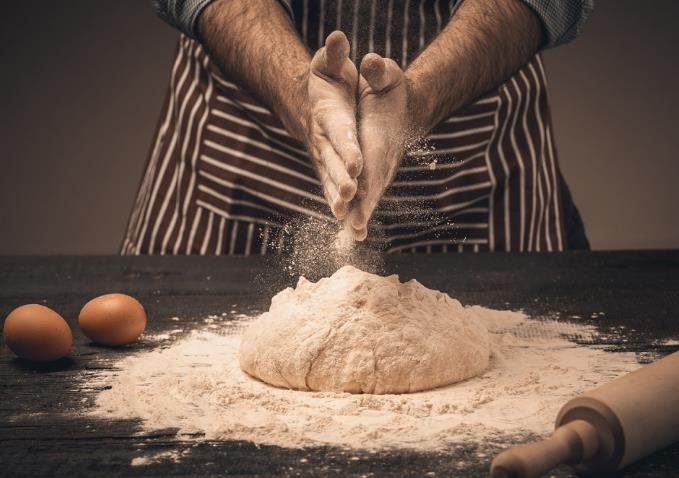A team of engineers from Washington University in St. Louis has received a grant of nearly $5 million from two foundations to develop a new method of food production that uses carbon dioxide as the main ingredient. The project aims to address the global challenge of food insecurity, especially in low- and middle-income countries.
Carbon dioxide conversion and electrolysis
The project is led by Feng Jiao, a professor of energy, environmental and chemical engineering, who is internationally renowned for his research on carbon dioxide conversion and electrolysis. This process uses electricity to transform carbon dioxide and water into oxygen, acetate and other chemicals. Acetate is a vinegar that can be used in fermentation, a traditional way of producing food.
Jiao plans to create a new method to manufacture acetate using carbon dioxide as the sole carbon source, efficiently and sustainably. The acetate can then be used to cultivate food-producing organisms, such as algae, yeast and mushrooms, without relying on photosynthesis.

A sustainable alternative to animal proteins
The project is funded by the Novo Nordisk Foundation and the Bill & Melinda Gates Foundation, as part of a newly established Acetate Consortium. The two foundations share a mission to improve lives worldwide, including increasing access to foods and drugs.
“This project will benefit economically disadvantaged individuals and families and those who lack access to high-quality food and other goods and services due to land- or resource-limited locations in the world,” Jiao said. “The end result is a sustainable alternative to animal proteins made using a fraction of the land area normally used for agriculture.”
According to the World Food Programme, more than 345 million people worldwide have experienced food insecurity in 2023, a figure that has more than doubled since 2020. Jiao’s project could transform food insecurity in low- and middle-income countries by overcoming limited resources such as arable land.
A collaborative effort
Jiao is collaborating with Robert Jinkerson, an assistant professor of chemical and environmental engineering at the University of California, Riverside, who has expertise in algal biotechnology. In an earlier feasibility study, they used carbon dioxide electrolysis to create an effluent that supported the growth of algae, yeast and mushrooms.
Jiao is also working with Lectrolyst, a company he co-founded, to optimize the system to improve acetate concentration and purity. Lectrolyst specializes in electrochemical technologies for renewable energy and chemical production.
The grant is for two years, during which Jiao and his team will identify the methods to create the necessary electrocatalysts for the process; design and build a 2-kilowatt and a 10-kilowatt carbon monoxide electrolyzer to produce acetate; explore potential methods to minimize byproducts; and validate the cost of acetate production.
